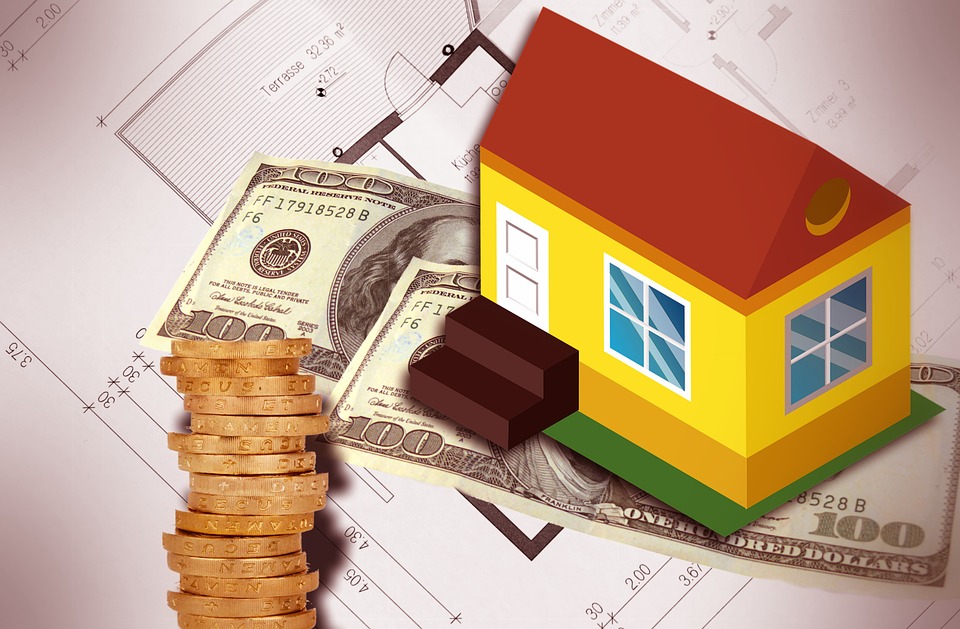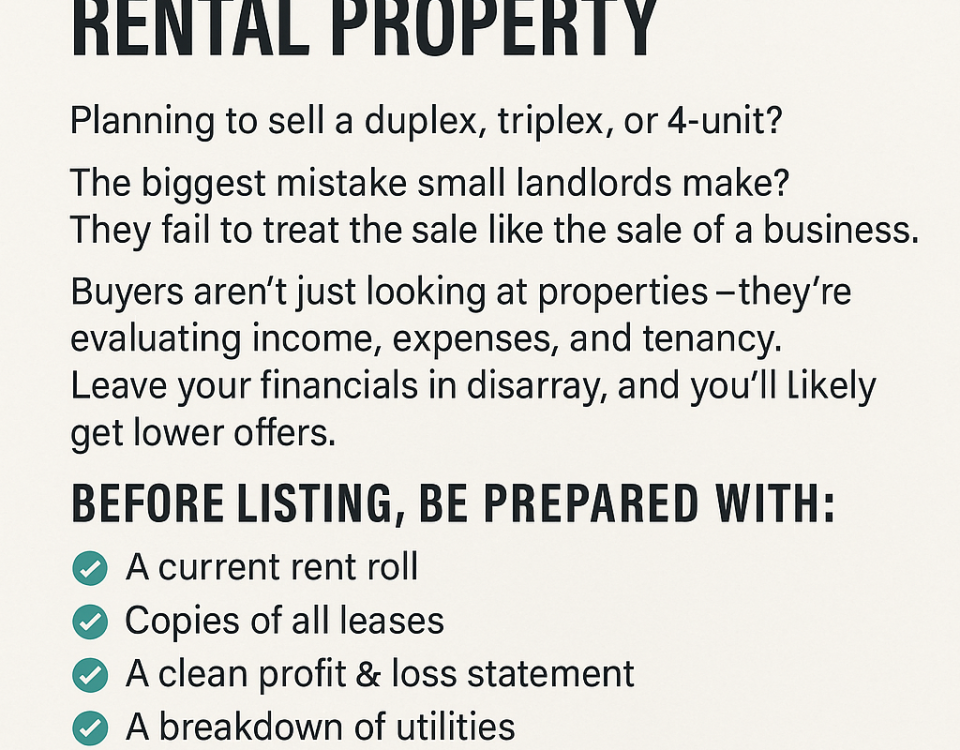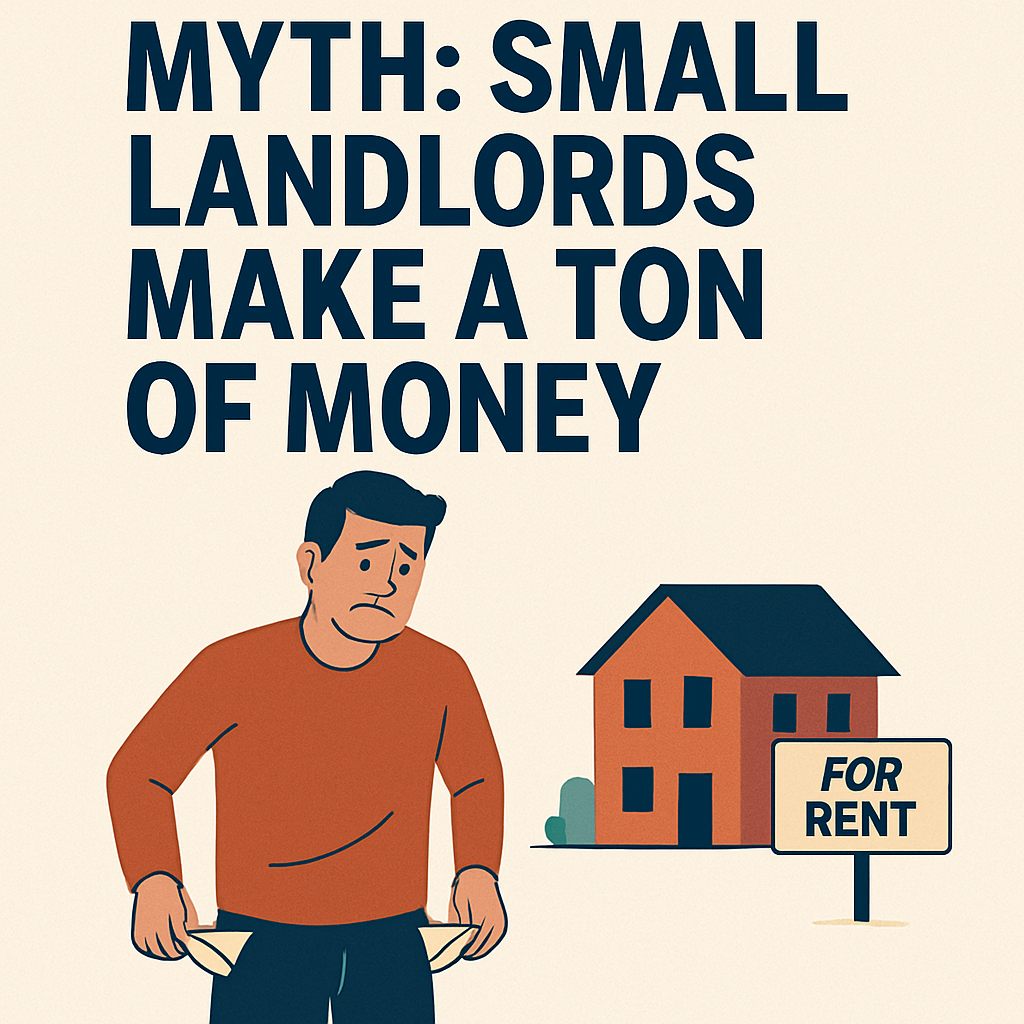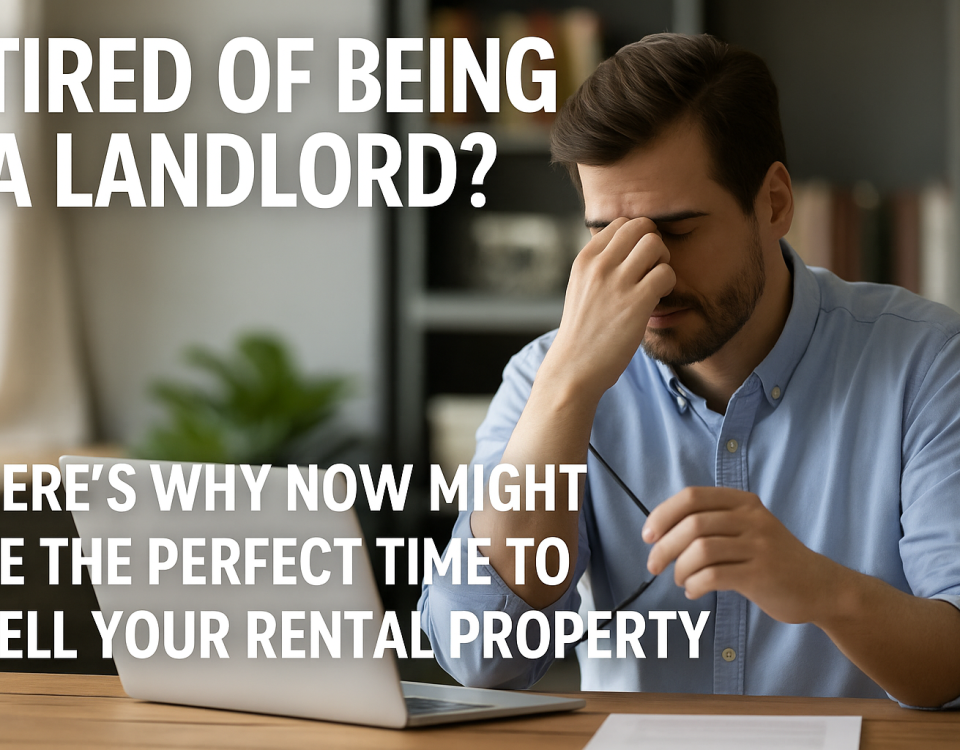
Why Apartment Buildings Are Such Popular Investments Today
March 1, 2017The Hidden Costs of Tenant Turnover: What Every Landlord Should Know
November 16, 2025When I am considering investing in an apartment building, the ultimate question in my mind is: Is this a good deal? Sounds obvious, but I am amazed at how many investors don’t know how to recognize a good deal. Learning to recognize a good deal takes research, education, and experience.
Here are the five most important issues to consider when investing in apartment buildings.
1. Cash Flow
Will this property cash flow? This is the most important issue to consider, and it depends on a lot of factors, including:
• Strength of the local rental market (vacancy and delinquency)
• Type of market you are buying into (C class buildings usually have more tenant turnover and higher repairs and maintenance than A or B class buildings)
• Interest rate on your financing (is it conventional financing or a hard money loan?)
• Size of your down payment
All of these factors considered, ask yourself, “Will this realistically provide income for me?” Also, ask the question, “How will this property cash flow compared to other potential properties?”
For example, a $150,000 house that rents for $1,000/month has a better income potential than a $300,000 house that rents for $1,600/month. A four-unit building that costs $400,000 may bring in $3,000/month in the same neighborhood.
Whether the property will provide income to you begs the question of whether income is important to you. Is it? Do you earn other income that would allow you to spend more of the income refurbishing the building? Do you need more income now, or is future equity growth more important?
There are no right answers to these questions, but they are factors to consider when looking at a potential purchase.
2. Leverage
Leverage is important in investing because the less cash you put down on each property, the more properties you can buy. If the properties go up in value, your rate of return goes up exponentially. However, if the properties go down in value, and you have a lot of debt on the property, the result can be negative cash flow.
Negative cash flow can be either “bad” or “good.” The “good” kind is short-term and makes you money.
For example, all the foreclosures we’ve bought had high vacancies and needed rehab work. So we needed the financial capacity to get through the negative cash flow until we could stabilize the property and create a very good positive cash flow. Then we had options to either sell the property or to refinance and pull out most of our money.
“Nothing down” investing is very attractive for the high-leverage investor, but should be approached with caution. If you are a long-term player, leverage will generally work in your favor if the markets in which you invest appreciate in the long run and your income from the properties can pay for most of the monthly debt service.
3. Equity
Does the property you are purchasing have equity or can you create equity? Equity can take a number of forms, such as:
• Discounted price
• Fixer upper – “upside” potential
• Rezoning opportunity
• Poor management
• Foreclosure
There are many ways to create equity, but buying into equity is your best bet. Find a motivated seller who wants out of his property and is willing to give up his equity for less than full value. Or buy a property that needs work that can be done for 50 cents on the dollar or less. In other words, if the property needs $10,000 in work, make sure you get a $20,000 discount on the price or better.
4. Appreciation
Buying in the right neighborhoods and in the right stage of a real estate cycle will result in appreciation and profit. However, timing a real estate cycle is difficult and is very speculative. If you buy properties without equity or cash flow solely for short-term appreciation, you are engaging in a risky investment.
Buying for moderate long-term (10 to 20 years) appreciation is safer and easier. Look at long-term neighborhood and city-wide trends to pick areas that will hold their values and grow at an average 5 to 7% pace. Combine this tactic with reasonable cash flow and buying into equity, and you will be a smart investor.
5. Risk
Risk is a consideration that too few investors consider. Ask yourself, “What if my assumptions are wrong?” In other words, do you have a “Plan B”?
If you bought for appreciation and the property did not appreciate in value, can you rent for positive cash flow? If you buy with an adjustable rate loan and the rates go up, will this put you out of business?
If you have a few vacancies, can you handle the negative cash flow, or will it break the bank for you? Expect the best, but prepare for the worst.
Warning Signs of a Bad Deal
The Numbers Don’t Add Up. You’re in this game because you want to make money. If the numbers don’t add up, and the seller won’t drop the price or give you better terms, move on.
Missing Numbers. If the seller can’t provide you with the year-to-date profit and loss statements, plus the actual numbers from the previous two years, move on to another deal.
Made-up Numbers. Pro forma numbers are pure guesswork. They may be educated guesswork, but they are still a projection. Lenders won’t give these made-up numbers any weight and neither should you. This is where your experience plays a big role. After a while, you will quickly be able to figure out “who is blowing smoke” or if the numbers make sense.
Troubled Property. A property may look good on paper–the numbers are real and they add up. But a site visit paints a different picture. Perhaps it needs major repairs because the seller has been deferring the maintenance, hoping to pass the headache on to the buyer. Don’t let it be you.
Wrong Area. Don’t spend your money trying to reverse a trend. If the neighborhood is in decline, the property carries that stigma. Tenants will be moving on, and so should you.
Months on the Market. Good properties go fast. Bad properties linger in the listings for month after month. With detective work, you can figure out why it’s a dud. And that’s a viable learning experience. But your time will be better spent going after good deals.




